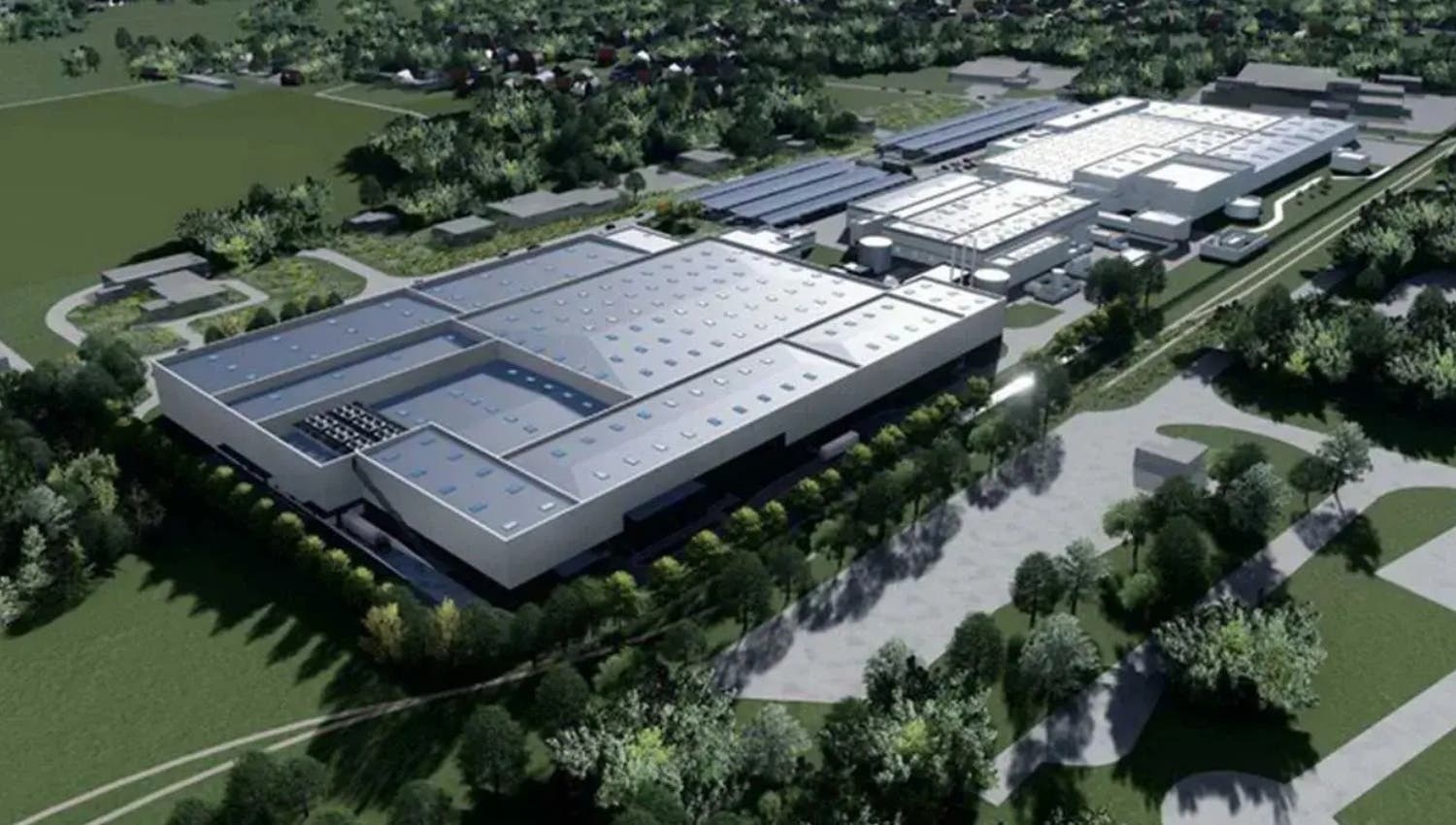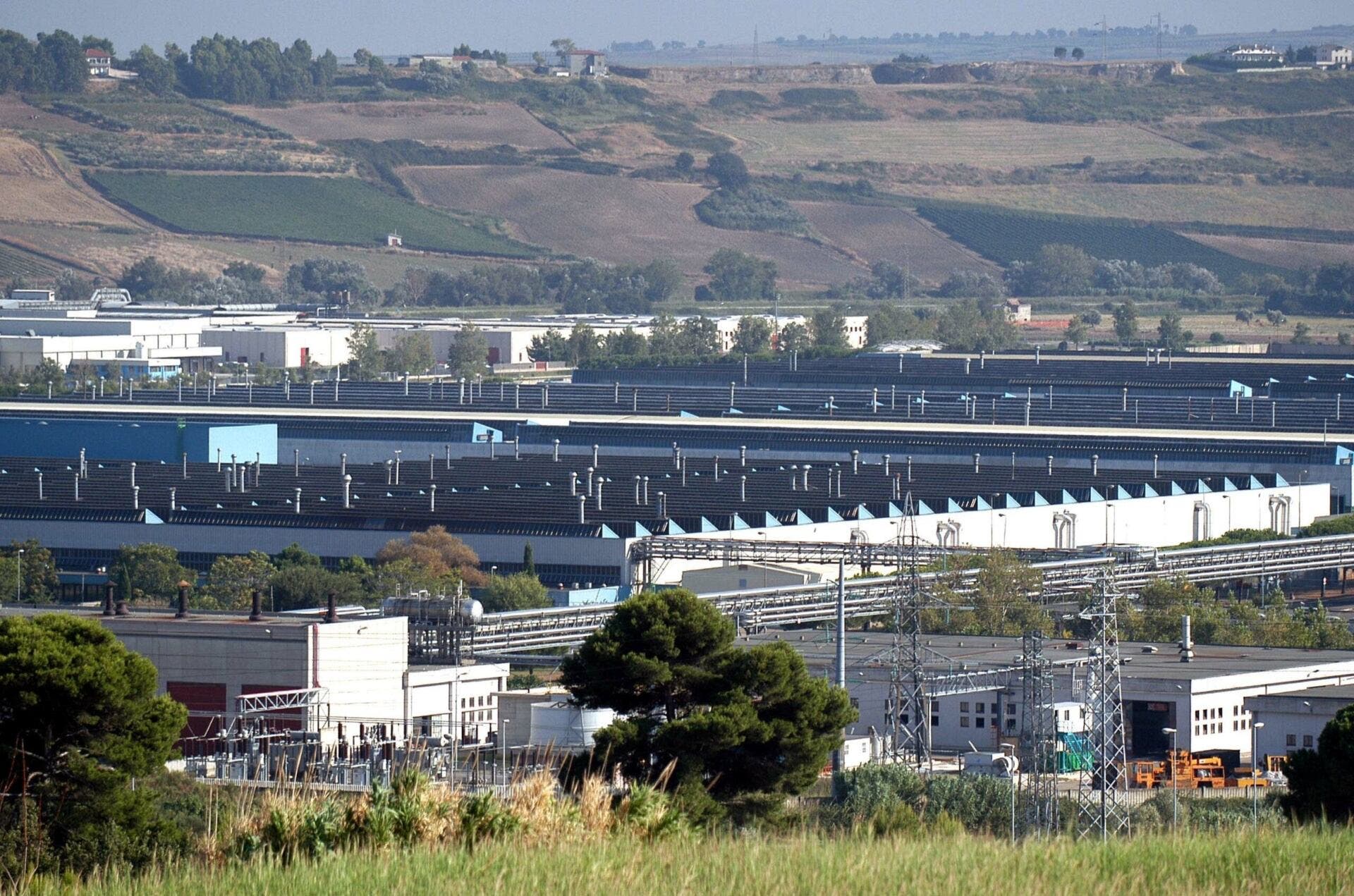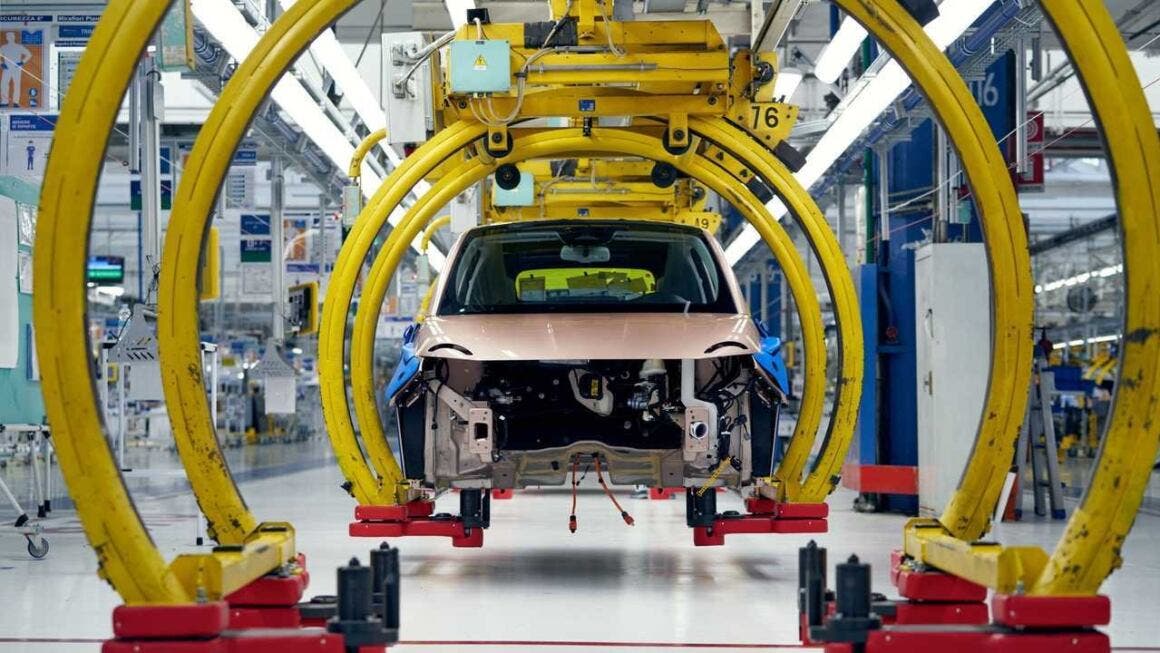The words of the unions are very clear and describe a critical situation, with the cessation of assembly activities expected as early as the summer. Declining demand for conventional engines and the end of production of important engines such as the Neptune V6 and GME, combined with uncertainty about the future of the GSE 1.0L, paint a worrying picture. ACC’s abandonment of the battery gigafactory project is a further blow to the site’s conversion prospects. It remains to be seen what measures will be taken to mitigate the social and economic impact of this potential closure and whether the production of the Fiat 500 hybrid can represent a real and lasting turnaround.
Stellantis Termoli: union statements
Recent statements by trade unions regarding the situation at Stellantis in Termoli sound a clear alarm: starting in June or July, assembly activity at the plant may cease completely. Already in recent weeks, worrying signs had foreshadowed this critical situation. The structural decline in demand for internal combustion engines, the halt in production of the Neptune V6 engine destined for Maserati, the end of the GME life cycle for Alfa Romeo, and the profound uncertainty shrouding the future of the small GSE 1.0L, the key engine for the Fiat Panda and 500 hybrid models, were outlining a situation that was certainly not good.

Adding to the complexity of the context is the now almost certain abandonment of the project that was to transform the site into a large battery factory (gigafactory) by ACC. The images coming out of Termoli today are eloquent: trucks loaded with decommissioned components and workers bitterly watching the gradual emptying of the plant. “This is a gradual and systematic dismantling,” stresses Gianluca Falcone, secretary of FIOM Molise.

Currently, the Fire production line is at a standstill. The 8-valve engines are already out of production, and the 16-valve engines will follow the same fate by summer. The GME engine is set to disappear, and the V6 is deemed economically unsustainable for the future. The gigafactory, presented as a green breakthrough opportunity for the site, seems to have vanished into thin air. The much-discussed Termoli battery factory, celebrated by local and national political figures, now turns out to be an unfulfilled promise. Even John Elkann, during a parliamentary hearing, acknowledged the “extreme complexity” of its implementation, mainly due to high energy costs.
Currently, fewer than 2,000 employees at the Termoli plant are living in a climate of uncertainty about their professional future. They are facing an industrial reorganization that seems to have lacked concrete solutions and a lack of viable employment alternatives. Production of the eDCT gearbox, initially presented as a potential solution for the site, will involve only about 300 workers and not until 2026. What will happen in the meantime? That is the main concern swirling among the increasingly desolate spaces of the Molise factory. One glimmer of optimism is the arrival of the future Fiat 500 hybrid, scheduled for production in November 2025.

